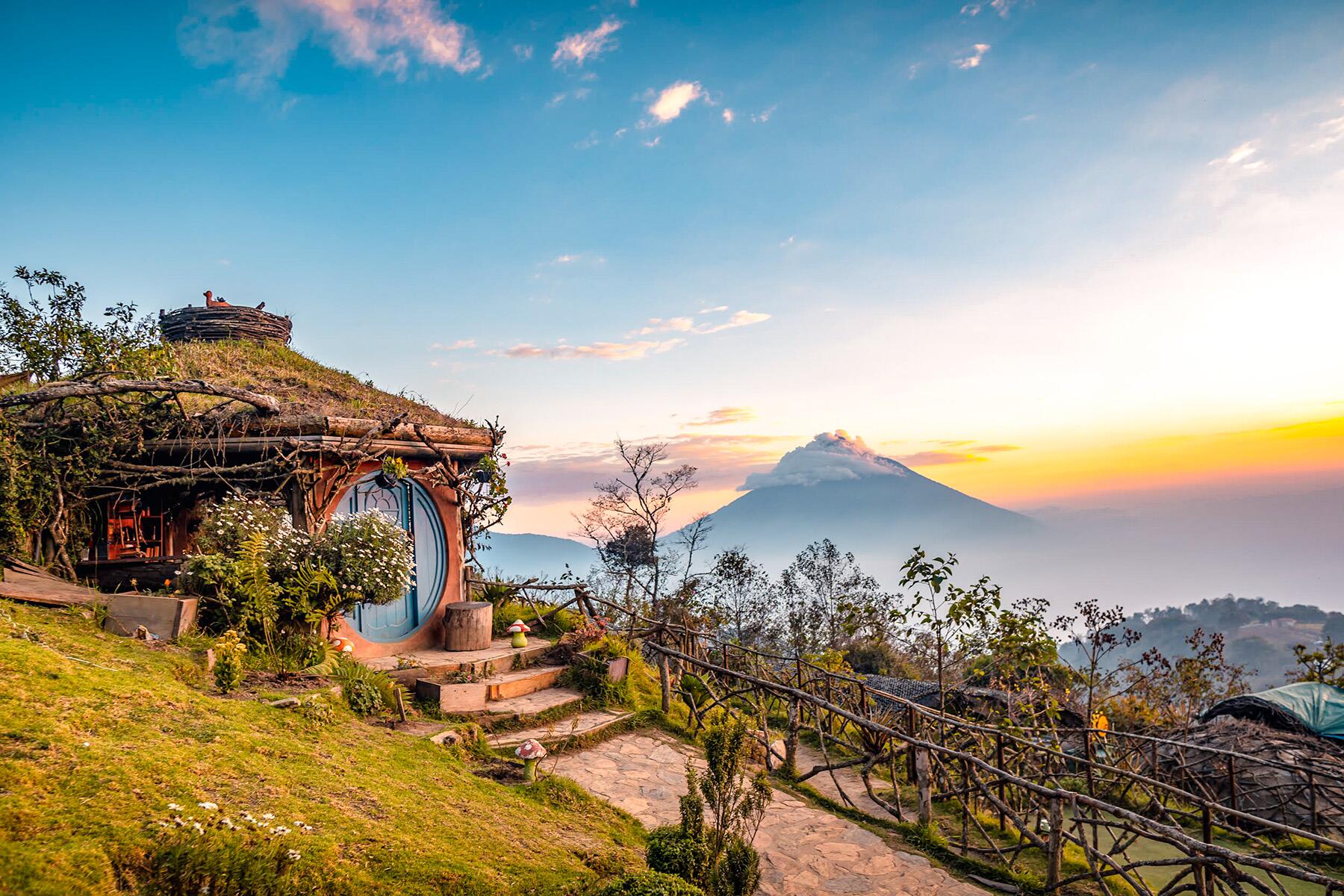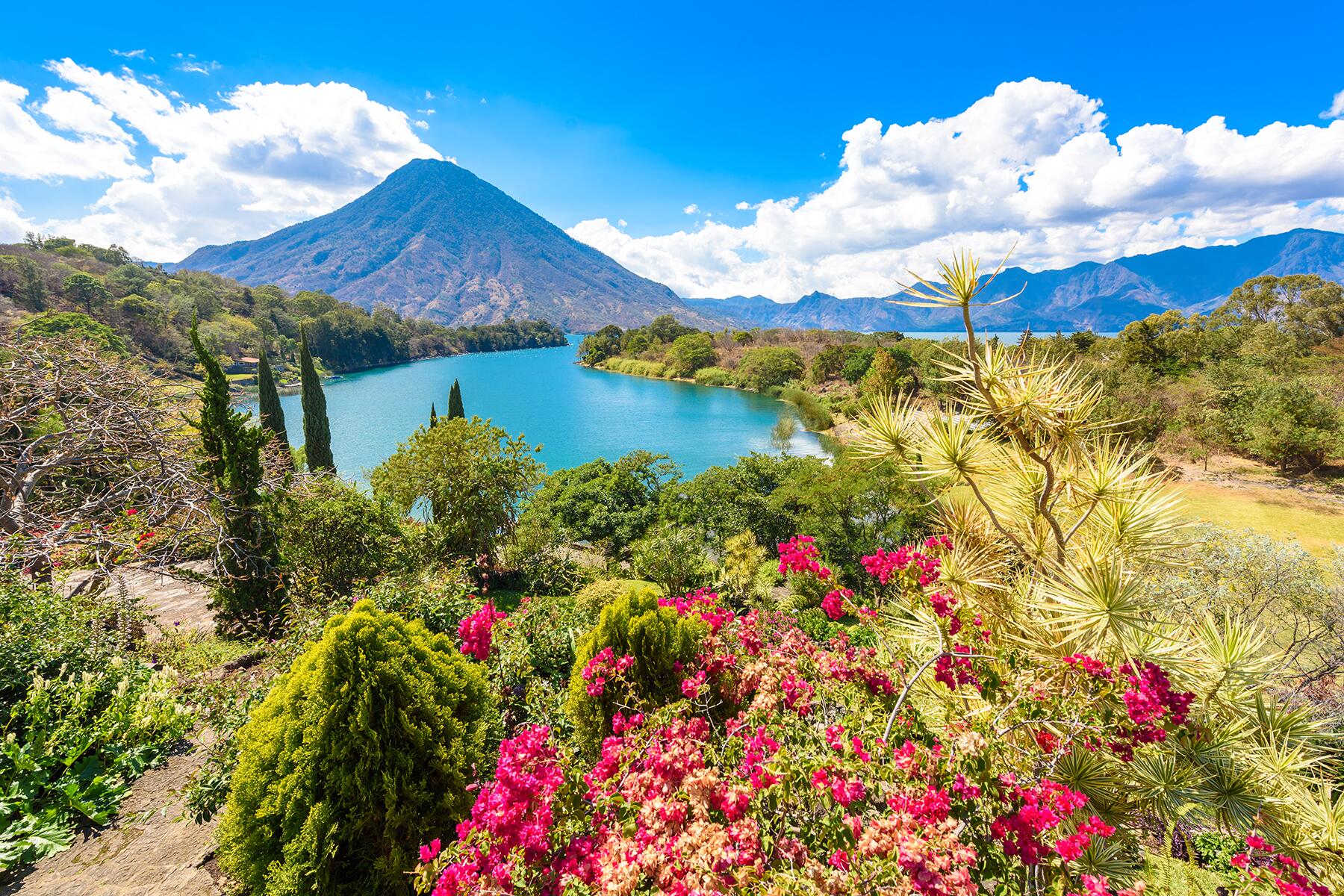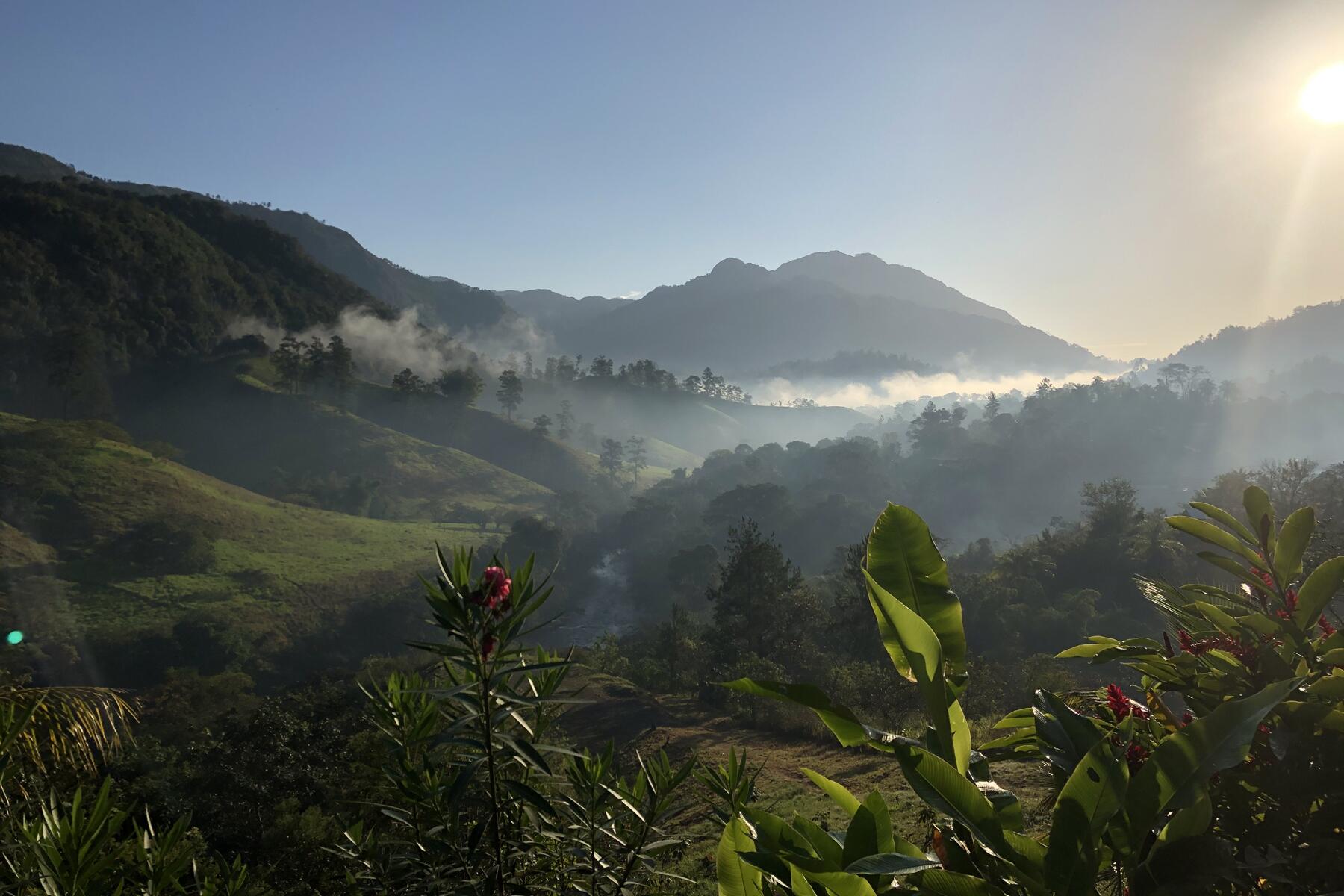The Pacific Lowlands
The Pacific Lowlands
Even old Guatemala hands scratch their heads when someone mentions its little-known Pacific coast. The country’s 266-km (160-mile) Pacific shoreline could lay the groundwork for a string of beach resorts like those in neighboring Mexico, but a rugged coast, dark-sand beaches, and water too rough for swimming conspire to make things otherwise. Except for the beach town of Monterrico, a fun-in-the-sun vacation culture has barely developed here, and even there, no one would mistake the locale for Acapulco.
This is Guatemala's breadbasket, and agriculture—primarily cattle raising and sugar and cotton production—has brought a level of prosperity to the Pacific Lowlands little seen elsewhere in the country. The region is also the country's hot new real-estate market. Condominiums and va...
Read MoreEven old Guatemala hands scratch their heads when someone mentions its little-known Pacific coast. The country’s 266-km (160-mile) Pacific shoreline could lay the groundwork for a string of beach resorts like those in neighboring Mexico, but a rugged coast, dark-sand beaches, and water too rough for swimming conspire to make things otherwise. Except for the beach town of Monterrico, a fun-in-the-sun vacation culture has barely developed here, and even there, no one would mistake the locale for Acapulco.
This is Guatemala's breadbasket, and agriculture—primarily cattle raising and sugar and cotton production—has brought a level of prosperity to the Pacific Lowlands little seen elsewhere in the country. The region is also the country's hot new real-estate market. Condominiums and vacation homes are springing up, not just on the coast, but inland, too. With Guatemala City hemmed in by mountains north and west, south provides the path of least resistance for metro-area growth to spill.
For such a little-known region, the Pacific lowlands offer a surprising variety of activities. The beach is your obvious choice, with Monterrico your best bet—some would say your only true choice—in that regard. Monterrico and the coast east to the Salvadoran border host sea-turtle conservation projects. Nearby Puerto San José is developing as the center of Guatemala's sportfishing industry. If you arrive in Guatemala on a Pacific cruise, your first encounter with the country will be the next-door port of Puerto Quetzal. From there, all manner of shore excursions, in this region and elsewhere in Guatemala, are yours for the choosing. The area around Santa Lucía Cotzumalguapa and Retalhuleu has some of Guatemala's best white-water rafting. Takalik Abaj and El Baúl, two of the country's lesser-known indigenous ruins, are here, too. The proximity of Mexico to this region means that both Mayan sites show considerable influence from peoples farther north. Retalhuleu is also Guatemala's amusement-park center, and makes for a pleasing stop if you’re traveling with the kids.
Best of all, it’s a cinch to get to this part of the country. You can be here in an hour or so on decent roads from Guatemala City, Antigua, Lake Atitlán, or Quetzaltenango. If you seek a respite from the chill of the highlands, here is Guatemala’s most accessible warm-weather destination. Paradoxically, travelers most familiar with this region are those with little interest in Guatemala at all. For drivers traveling to and through Central America, this region's Highway CA–2 zips between Mexico and El Salvador and makes for a faster, straighter, flatter route through the country than the parallel Pan-American Highway (CA–1) through the mountainous highlands to the north. But if you have the time, consider slowing down and spending some here.







